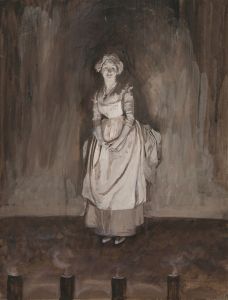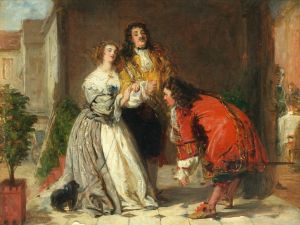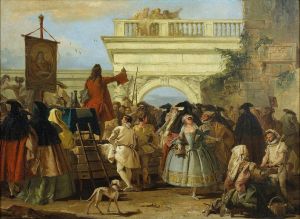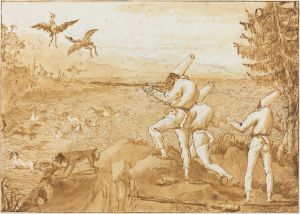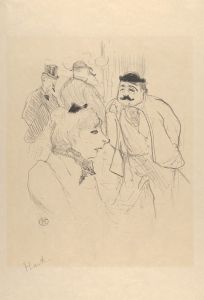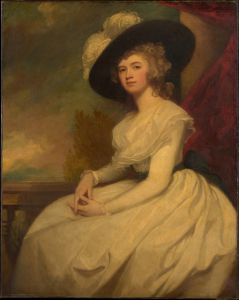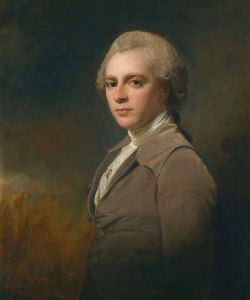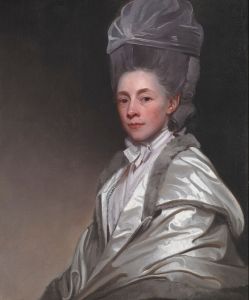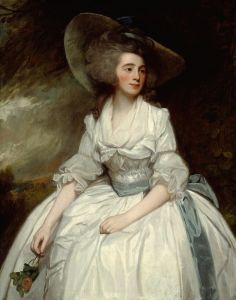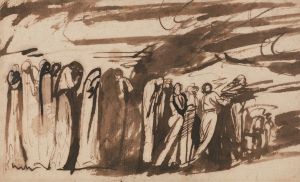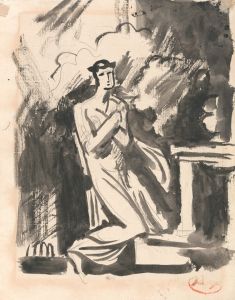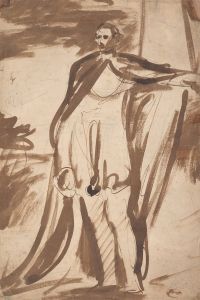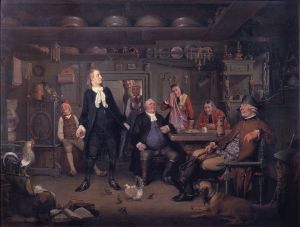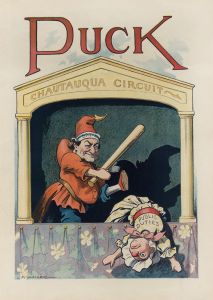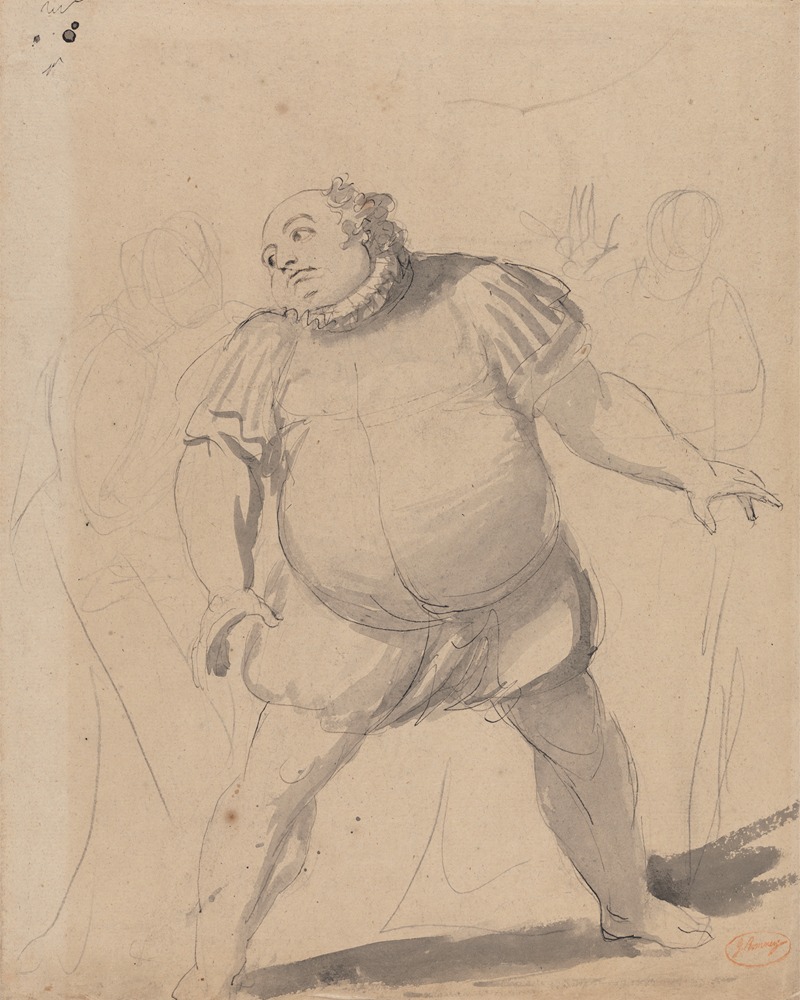
John Henderson as Falstaff
A hand-painted replica of George Romney’s masterpiece John Henderson as Falstaff, meticulously crafted by professional artists to capture the true essence of the original. Each piece is created with museum-quality canvas and rare mineral pigments, carefully painted by experienced artists with delicate brushstrokes and rich, layered colors to perfectly recreate the texture of the original artwork. Unlike machine-printed reproductions, this hand-painted version brings the painting to life, infused with the artist’s emotions and skill in every stroke. Whether for personal collection or home decoration, it instantly elevates the artistic atmosphere of any space.
George Romney's painting John Henderson as Falstaff is a notable work of 18th-century British portraiture. The artwork depicts the actor John Henderson in the role of Sir John Falstaff, a comedic and larger-than-life character from William Shakespeare's plays, most prominently featured in Henry IV, Part 1 and Henry IV, Part 2. Henderson was a celebrated actor of his time, known for his versatility and skill in portraying both tragic and comedic roles. His interpretation of Falstaff was particularly admired, and Romney's painting captures the essence of the character as well as the actor's theatrical presence.
George Romney (1734–1802) was one of the leading portrait painters of his era, alongside contemporaries such as Sir Joshua Reynolds and Thomas Gainsborough. Romney was known for his ability to convey personality and emotion in his portraits, and his work often featured prominent figures of British society, including actors, writers, and aristocrats. The painting of Henderson as Falstaff is an example of Romney's interest in theatrical subjects, which were popular among artists and audiences during the 18th century.
In the painting, Henderson is dressed in costume as Falstaff, wearing the character's signature attire that emphasizes his rotund figure and jovial demeanor. The composition highlights the theatricality of the subject, with Henderson's expressive pose and facial expression reflecting Falstaff's humor and wit. Romney's use of light and shadow adds depth to the portrait, drawing attention to the actor's face and costume while creating a dramatic atmosphere.
The painting is significant not only as a portrait of John Henderson but also as a representation of the cultural and artistic trends of the period. The 18th century saw a growing interest in Shakespeare's works, with actors like Henderson bringing the Bard's characters to life on the stage. Paintings like Romney's served to immortalize these performances and celebrate the connection between visual art and the theater.
Today, John Henderson as Falstaff is recognized as an important example of Romney's work and a valuable historical record of 18th-century British theater. The painting is held in the collection of the National Portrait Gallery in London, where it continues to be appreciated for its artistic merit and historical significance.





